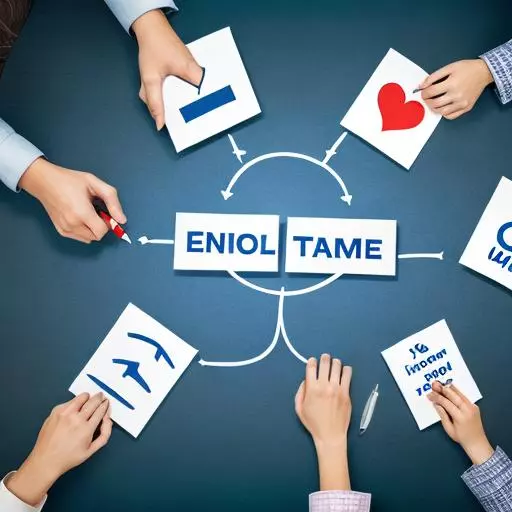In the dynamic world of politics, emotions play a pivotal role in shaping public opinion and inspiring action. Crafting messages that resonate on an emotional level is not just an art; it’s a science. Here’s a deep dive into understanding the profound impact of emotion in political campaigns and how to create messages that forge genuine connections with the audience:
1.Understanding Emotional Resonance:
- Empathy and Relatability: Connect with people’s experiences and challenges. Relatable stories evoke empathy and create a sense of understanding.
- Inspiration: Craft messages that inspire hope and optimism. Positive emotions can drive people to support a cause or candidate.
2. Identify Core Emotions:
- Fear and Hope: These emotions can be powerful motivators. Fear of negative outcomes and hope for a better future drive decision-making.
- Anger and Empathy: Understand when to use these emotions. Anger can mobilize action, while empathy fosters a sense of unity and shared purpose.
3. Storytelling Techniques:
- Personal Narratives: Share personal stories that highlight challenges overcome or sacrifices made. Personal narratives humanize politicians and make them more relatable.
- Visual Imagery: Use visuals that evoke emotion – happy families, struggling workers, or communities coming together. A picture truly can speak a thousand words.
4. Authenticity and Transparency:
- Genuine Communication: Authenticity builds trust. Speak sincerely about your beliefs and values, even when addressing difficult topics.
- Acknowledging Concerns: Address the concerns of your audience directly. Acknowledging their fears or frustrations demonstrates understanding and openness.
5.Appealing to Aspirations:
- Appeal to Ideals: Tap into shared values and aspirations. Show how your campaign aligns with the audience’s vision for a better society.
- Inclusivity: Emphasize unity and inclusivity. Messages that embrace diversity and promote harmony can strike a chord with a broad audience.
6.Utilizing Social Media and Digital Platforms:
- Emotive Content: Create emotionally charged videos, images, and posts. Social media allows for quick, widespread dissemination of emotionally impactful content.
- Engage in Conversations: Respond genuinely to comments and engage with your audience. Authentic interactions online can strengthen emotional connections.
7. Measuring Emotional Impact:
- Feedback Analysis: Analyze feedback to gauge emotional response. Pay attention to comments, reactions, and shares on social media to understand how your message resonates.
- Surveys and Polls: Use surveys and polls to directly ask the audience about their emotional responses to specific campaign messages.
8. Continuous Adaptation:
- A/B Testing: Experiment with different messages to see which ones evoke the desired emotional response. A/B testing can help refine your communication strategy.
- Staying Current: Understand the evolving emotional landscape. Public sentiment can change rapidly, so staying in tune with current events and concerns is crucial.
In political campaigns, emotions are the bridge that connects candidates with voters. Crafting messages that evoke the right emotions can create lasting connections, inspire action, and ultimately, drive the change you seek. Mastering the art of emotional communication is not just about winning votes; it’s about fostering a genuine understanding and building a shared vision for a better future.

